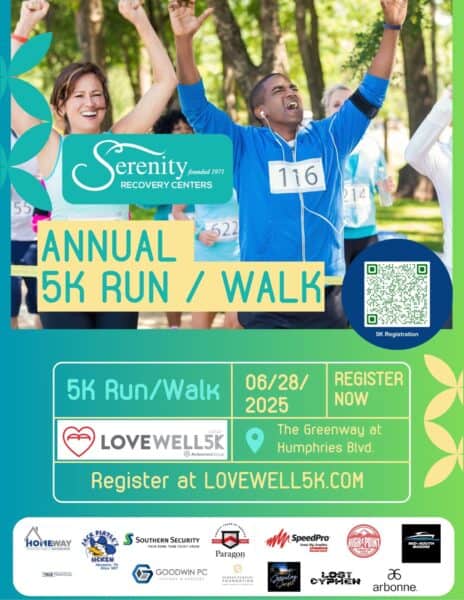Coming off opioids is extremely difficult, but with a good strategy, it can and has been successfully done. Scientists and doctors that try to find new ways to help opioid addicts focus on finding treatments that are both safe and effective. There is no one size fits all solution for treating opioid addiction; however, two main ways of treating it have risen to the top. We’re going to take a look at the two most successful treatment strategies for treating opioid addiction.
Opioid Addiction Treatment Strategy 1
Detoxification, followed by complete abstinence is one way to treat opioid addiction. After completing detoxification and going getting through withdrawals, a person will go completely without any kind of opioid drug. The treatment plan is considered more difficult than others and poses a higher risk of relapse because it does not involve the help of any type of opioid medication. 12-step groups such as Narcotics Anonymous encourage the abstinence approach to recovery.
The medication-free treatment strategy can work for patients with high motivation. For the patients who can make a successful recovery without help from medication, they report that past treatment experiences, religion/spirituality, and support from family and friends is crucial.
Opioid Addiction Treatment Strategy 2
Detoxification, followed by medication-assisted treatment, is the other most popular opioid addiction treatment strategy. Medication-Assisted Treatment (MAT) can help make detoxification safer and more manageable.
MAT involves treatment with one of three main types of medications: methadone, buprenorphine, or naloxone. There is still a risk of relapse using MAT, but it is less likely than among patients who receive no help from medication. When compared to recovery strategies without medication, MAT has been proven to:
- Reduce risk of relapse
- Increase treatment retention
- Improve social functioning
- Reduce the risk of infectious disease transmission
The Importance of Relapse Risk Reduction
The biggest benefit of using the MAT strategy is it’s proven record of reducing relapse. People dealing with physical dependence on opioids can experience multiple relapses over the course of their treatment. During each period of abstinence, a person’s tolerance for opioids decreases. When an individual relapses after an extended period without the drug, they often go back to the high dose they were taking at the peak of their addiction. Because their body is not used to the high dose, they are at a high risk of a fatal overdose. MAT has been shown to reduce the risk of relapse and the risk of death from overdose during recovery.
Talk to a Professional
If you are a loved one needs help with an opioid addiction treatment strategy talk to a professional. Find a local addiction recovery center and call them. They will have programs and doctors and can help you make the most informed choice for your treatment strategy.
Are you or a loved one struggling with alcohol or other drugs? Call us to speak confidentially with a recovery expert now: (901) 521-1131 or visit our website serenityrecovery.org
